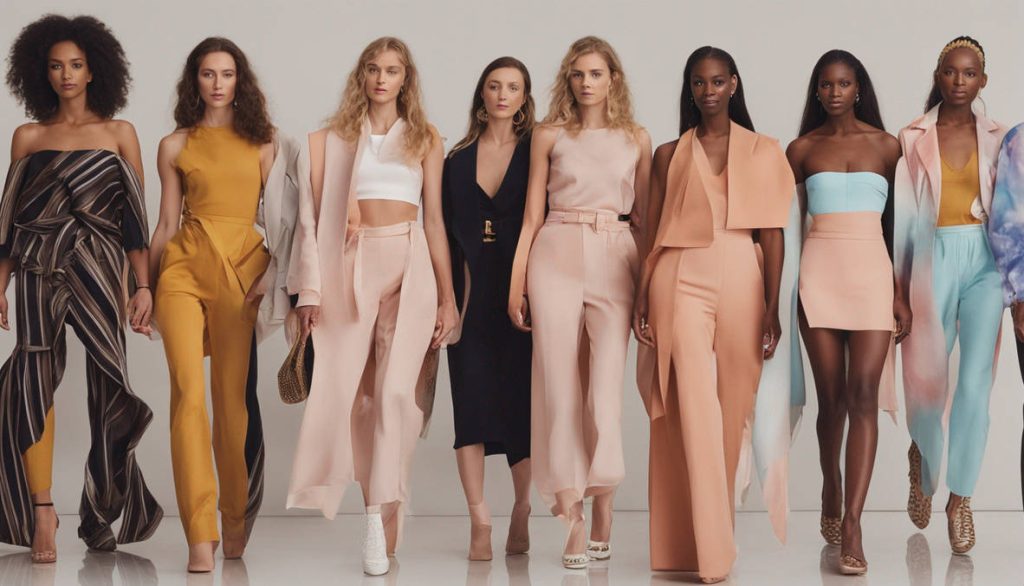When you design a space, you’re not simply furnishing it from room to room — you’re telling a story. Thick textured wall art is one of the most powerful tools for adding personality and sophistication to a room. This fearless approach to an artistic medium generates visual and tactile interest as it elevates flat planes into multidimensional statements that demand consideration and involve the senses.
Layers of acrylic gels, modeling pastes, and heavy-bodied paints are used to create thick textured wall art. These mediums are applied to the canvas in a way that creates physical depth, a sculptural surface that plays with light and shadow. The artwork isn’t simply hanging on a wall — it becomes part of the room’s architecture, and then your walls are filled with movement and energy.
In the heart of this trend’s allure is its versatility. Thick textured wall art has a dynamic quality that cannot be compared to flat prints or traditional paintings. The artwork seems to change as light strikes different angles during the day. This changing view adds a new dimension to the same room every time you see it, creating a more complex and stimulating ambience. Art is reinvented as an experience, not just something you look at.
Textured wall art requires creativity and craftsmanship from a technical perspective. They apply layers with tools such as palette knives, brushes or even sponges or combs. They enable controlled chaos and you can get an array of patterns, ridges and formations that mimic natural textures of stone, wood or even flowing water. How you apply the paint is important; each stroke and layering sequence leads to a different final look.
One of the top benefits of thick textured wall art is its ability to create dimension in clean minimalist areas. Clean lines and neutral tones rule modern design. Though this can feel sleek and soothing, it can also sometimes be dull. Textured art solves this dilemma by providing detail and warmth without overwhelming a space. An neutral-colored textured art piece can also complement minimalist decor nicely but also make the room feel finished.
And textured art can feel more emotionally full. Studies from the field of environmental psychology find that textured surfaces can have a beneficial impact on mood by imparting a sense of grounding and richness. Particularly in settings where one requires tranquility, such as the bedroom, lounge or personal office, thick textured wall art acts as a very welcome element. The texture also lends a tactile quality that can feel visually calming and mentally thrilling.
Texture, in the heart of the contemporary art market, is becoming a sought-after element. Both collectors and interior designers alike are increasingly leaning toward works that put up a challenge to the flatness of traditional artwork. Textured objects not only provide something to touch, an intermediary that spans painting and sculpture, they also respond to our instinct to experience with touch. In a world dominated by digital screens, textured art provides a counter weight that speaks to the elements of materiality and presence.
These are also durable works of art from a useful point of view. Materials utilized in thick textured wall art pieces are frequently archival-grade, which signifies they are resistant to fading, cracking, and deterioration 않으_characters. That makes them the long-term investment because it not only gives your home’s decor a new look but they also hold their value and beauty over time.
Impasto is another technical consideration—with this painting technique, paint is laid on the canvas very thickly and brush or knife strokes are visible. Impasto deepens the physical and emotional intensity of the work. Long used by masters such as Van Gogh, this approach is back in vogue in contemporary textured wall art to offer dramatic, emotive results. The elevated surface captures light and throws tiny shadows, enhancing the depth and drama of the piece.
Thick textured wall art is more than a decorative accessory, it’s a design tool. It transforms walls from blank canvases to conversation pieces, infusing a sense of dimension and drama that reflects personal taste and heightens the room. Whether as a focal point or a complement to other elements, this art form brings energy, emotion and tactile beauty into your environment.
This is not decorating; this is designing for all five senses. The perfect piece can elevate your home to feel layered, expressive and alive.



